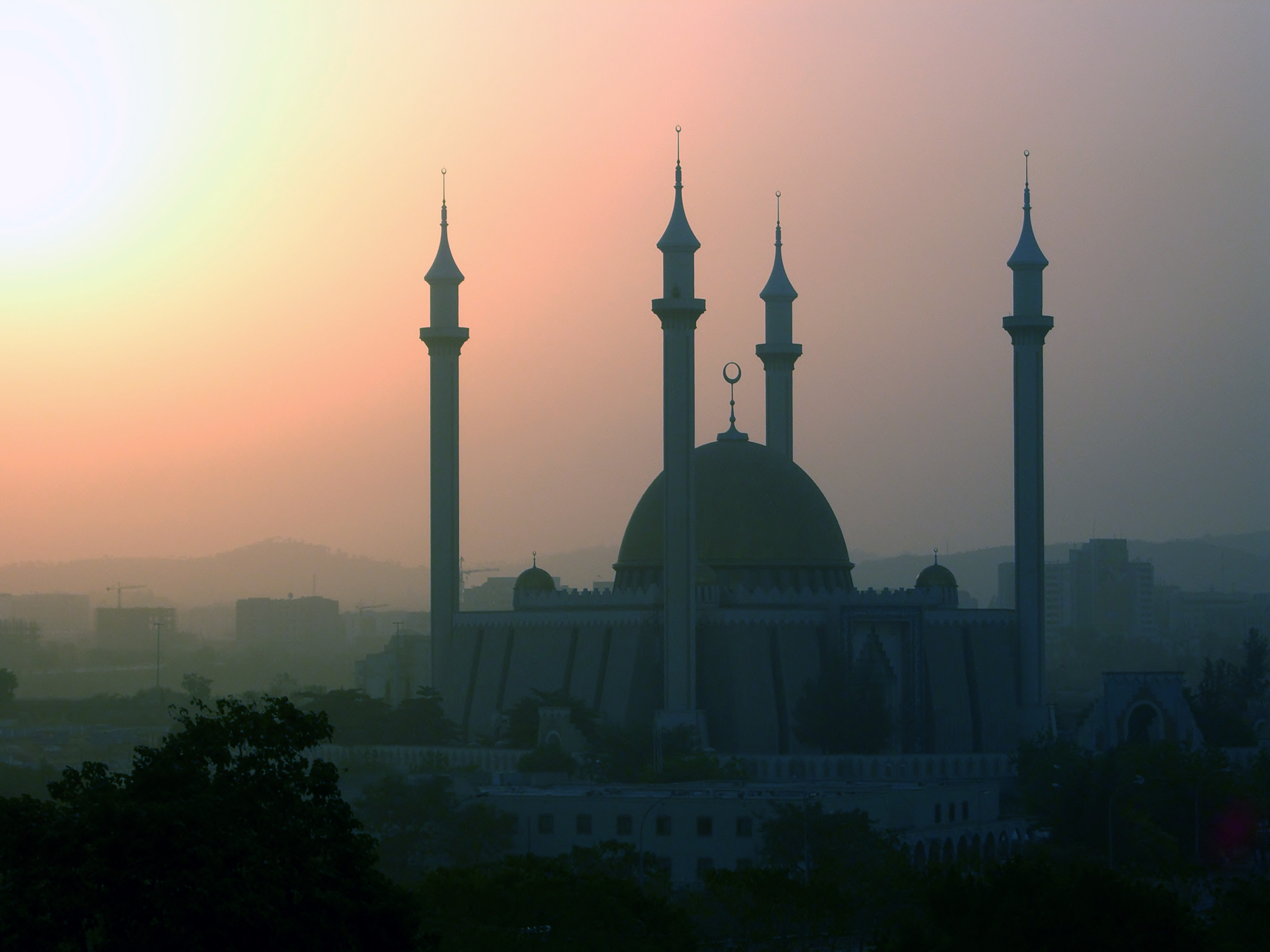|
Geography Of The Central African Republic
The Central African Republic is a landlocked nation within the interior of the African continent. It is bordered by Cameroon, Chad, Sudan, South Sudan, the Democratic Republic of the Congo and the Republic of the Congo. Much of the country consists of flat, or rolling plateau savanna, about above sea level. In the northeast are the Fertit Hills, and there are scattered hills in the southwestern part of the country. To the northwest is the Karre Mountains (also known as Yade Massif), a granite plateau with an altitude of . At , the Central African Republic is the world's 45th-largest country (after Somalia). It is comparable in size to Ukraine. Much of the southern border is formed by tributaries of the Congo River, with the Mbomou River in the east merging with the Uele River to form the Ubangi River. In the west, the Sangha River flows through part of the country. The eastern border lies along the edge of the Congo-Nile watershed. Estimates of the amount of the country ... [...More Info...] [...Related Items...] OR: [Wikipedia] [Google] [Baidu] |
Ubangi River
The Ubangi River (), also spelled Oubangui, is the largest right-bank tributary of the Congo River in the region of Central Africa. It begins at the confluence of the Mbomou (mean annual discharge 1,350 m3/s) and Uele Rivers (mean annual discharge 1,550 m3/s) and flows west, forming the border between Central African Republic (CAR) and Democratic Republic of the Congo. Subsequently, the Ubangi bends to the southwest and passes through Bangui, the capital of the CAR, after which it flows southforming the border between Democratic Republic of the Congo and Republic of the Congo. The Ubangi finally joins the Congo River at Liranga. The Ubangi's length is about . Its total length with the Uele, its longest tributary, is . The Ubangi's drainage basin is about Mean annual discharge at mouth 5,936 m3/s Its discharge at Bangui ranges from about to , with an average flow of about . It is believed that the Ubangi's upper reaches originally flowed into the Chari River and Lake Chad before b ... [...More Info...] [...Related Items...] OR: [Wikipedia] [Google] [Baidu] |
Desertification
Desertification is a type of land degradation in drylands in which biological productivity is lost due to natural processes or induced by human activities whereby fertile areas become increasingly arid. It is the spread of arid areas caused by a variety of factors, such as climate change and overexploitation of soil as a result of human activity. Throughout geological history, the development of deserts has occurred naturally. In recent times, the potential influences of human activity, improper land management, deforestation and climate change on desertification is the subject of many scientific investigations. Definitions of words As recently as 2005, considerable controversy existed over the proper definition of the term "desertification." Helmut Geist (2005) identified more than 100 formal definitions. The most widely acceptedGeist (2005)p. 2/ref> of these was that of the Princeton University Dictionary which defined it as "the process of fertile land ''transforming into ... [...More Info...] [...Related Items...] OR: [Wikipedia] [Google] [Baidu] |
Harmattan
The Harmattan is a season in West Africa that occurs between the end of November and the middle of March. It is characterized by the dry and dusty northeasterly trade wind, of the same name, which blows from the Sahara over West Africa into the Gulf of Guinea. The name is related to the word in the Twi language. The temperature is cold in most places, but can also be hot in certain places, depending on local circumstances. The Harmattan blows during the dry season, which occurs during the months with the lowest sun. In this season the subtropical ridge of high pressure stays over the central Sahara and the low-pressure Intertropical Convergence Zone (ITCZ) stays over the Gulf of Guinea. On its passage over the Sahara, the Harmattan picks up fine dust and sand particles (between 0.5 and 10 microns). It is also known as the "doctor wind", because of its invigorating dryness compared with humid tropical air. Effects This season differs from winter, because it is characterized ... [...More Info...] [...Related Items...] OR: [Wikipedia] [Google] [Baidu] |
Semi-arid Climate
A semi-arid climate, semi-desert climate, or steppe climate is a dry climate sub-type. It is located on regions that receive precipitation below potential evapotranspiration, but not as low as a desert climate. There are different kinds of semi-arid climates, depending on variables such as temperature, and they give rise to different biomes. Defining attributes of semi-arid climates A more precise definition is given by the Köppen climate classification, which treats steppe climates (''BSk'' and ''BSh'') as intermediates between desert climates (BW) and humid climates (A, C, D) in ecological characteristics and agricultural potential. Semi-arid climates tend to support short, thorny or scrubby vegetation and are usually dominated by either grasses or shrubs as it usually can't support forests. To determine if a location has a semi-arid climate, the precipitation threshold must first be determined. The method used to find the precipitation threshold (in millimeters): *multiply by ... [...More Info...] [...Related Items...] OR: [Wikipedia] [Google] [Baidu] |
Tropical Monsoon Climate
An area of tropical monsoon climate (occasionally known as a sub-equatorial, tropical wet climate or a tropical monsoon and trade-wind littoral climate) is a tropical climate sub-type that corresponds to the Köppen climate classification category ''Am''. Tropical monsoon climates have monthly mean temperatures above in every month of the year and a dry season. The tropical monsoon climate is the intermediate climate between the wet Af (or tropical rainforest climate) and the drier Aw (or tropical savanna climate). A tropical monsoon climate's driest month has on average less than 60 mm, but more than 100-\left(\frac\right). This is in direct contrast to a tropical savanna climate, whose driest month has less than 60 mm of precipitation and also less than 100-\left(\frac\right) of average monthly precipitation. In essence, a tropical monsoon climate tends to either have more rainfall than a tropical savanna climate or have less pronounced dry seasons. A tropical monsoon c ... [...More Info...] [...Related Items...] OR: [Wikipedia] [Google] [Baidu] |
Köppen Climate Classification
The Köppen climate classification is one of the most widely used climate classification systems. It was first published by German-Russian climatologist Wladimir Köppen (1846–1940) in 1884, with several later modifications by Köppen, notably in 1918 and 1936. Later, the climatologist Rudolf Geiger (1894–1981) introduced some changes to the classification system, which is thus sometimes called the Köppen–Geiger climate classification system. The Köppen climate classification divides climates into five main climate groups, with each group being divided based on seasonal precipitation and temperature patterns. The five main groups are ''A'' (tropical), ''B'' (arid), ''C'' (temperate), ''D'' (continental), and ''E'' (polar). Each group and subgroup is represented by a letter. All climates are assigned a main group (the first letter). All climates except for those in the ''E'' group are assigned a seasonal precipitation subgroup (the second letter). For example, ''Af'' indi ... [...More Info...] [...Related Items...] OR: [Wikipedia] [Google] [Baidu] |
Tropical Savanna Climate
Tropical savanna climate or tropical wet and dry climate is a tropical climate sub-type that corresponds to the Köppen climate classification categories ''Aw'' (for a dry winter) and ''As'' (for a dry summer). The driest month has less than of precipitation and also less than 100-\left (\frac \right)mm of precipitation. This latter fact is in a direct contrast to a tropical monsoon climate, whose driest month sees less than of precipitation but has ''more'' than 100-\left (\frac \right) of precipitation. In essence, a tropical savanna climate tends to either see less overall rainfall than a tropical monsoon climate or have more pronounced dry season(s). In tropical savanna climates, the dry season can become severe, and often drought conditions prevail during the course of the year. Tropical savanna climates often feature tree-studded grasslands due to its dryness, rather than thick jungle. It is this widespread occurrence of tall, coarse grass (called savanna) which has led to ... [...More Info...] [...Related Items...] OR: [Wikipedia] [Google] [Baidu] |
Deforestation
Deforestation or forest clearance is the removal of a forest or stand of trees from land that is then converted to non-forest use. Deforestation can involve conversion of forest land to farms, ranches, or urban use. The most concentrated deforestation occurs in tropical rainforests. About 31% of Earth's land surface is covered by forests at present. This is one-third less than the forest cover before the expansion of agriculture, a half of that loss occurring in the last century. Between 15 million to 18 million hectares of forest, an area the size of Bangladesh, are destroyed every year. On average 2,400 trees are cut down each minute. The Food and Agriculture Organization of the United Nations defines deforestation as the conversion of forest to other land uses (regardless of whether it is human-induced). "Deforestation" and "forest area net change" are not the same: the latter is the sum of all forest losses (deforestation) and all forest gains (forest expansion) in a gi ... [...More Info...] [...Related Items...] OR: [Wikipedia] [Google] [Baidu] |
Entandrophragma Utile
''Entandrophragma utile'', called the sipo or utile, is a species of large tree in the genus ''Entandrophragma'', native to nearly all of tropical Africa facing the Atlantic, from Guinea to Angola, and as far east as Uganda. The timber is traded as a tropical hardwood Hardwood is wood from dicot trees. These are usually found in broad-leaved temperate and tropical forests. In temperate and boreal latitudes they are mostly deciduous, but in tropics and subtropics mostly evergreen. Hardwood (which comes from .... It is sometimes called sipo mahogany. It shares many of the characteristics of genuine mahogany and is used as an alternative. References utile Trees of Africa Plants described in 1910 {{Meliaceae-stub ... [...More Info...] [...Related Items...] OR: [Wikipedia] [Google] [Baidu] |
Sapele
''Entandrophragma cylindricum'' is a tree of the genus ''Entandrophragma'' of the family ''Meliaceae''. It is commonly known as sapele or sapelli ( ) or sapele mahogany, as well as aboudikro, assi, and muyovu. Origin of the name The name ''sapele'' comes from that of the city of Sapele in Nigeria, where there is a preponderance of the tree. African Timber and Plywood (AT&P), a division of the United Africa Company, had a factory at this location where the wood, along with ''Triplochiton scleroxylon'', ''Obeche'', mahogany, and Khaya was processed into timber which was then exported from the Port of Sapele worldwide. The name of the city itself is said to be an anglicisation of the Urhobo word Uriapele, commemorating a local deity. It is believed the British colonial authorities changed the name of the then hamlet to Sapele as it was easier to pronounce. Description ''Entandrophragma cylindricum'' is native to tropical Africa. There are protected populations and felling restr ... [...More Info...] [...Related Items...] OR: [Wikipedia] [Google] [Baidu] |








